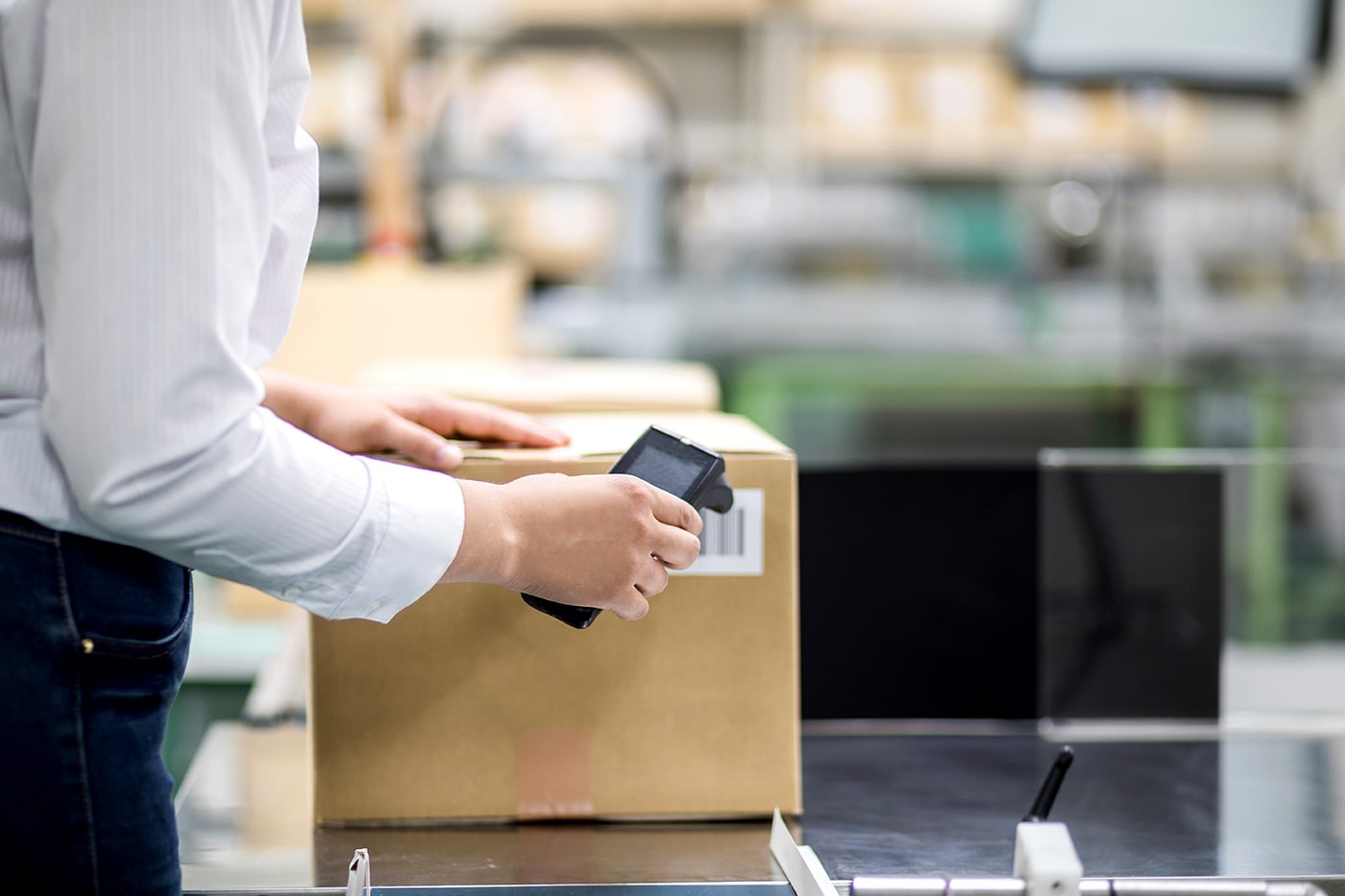Inventory and Asset
Inventory Management
MAKARFID Industries
- Inventory Tracking: RFID tags are attached to individual items, allowing them to be tracked in real-time. This technology makes inventory management more efficient as it reduces the time and effort required to physically count items. Instead, inventory is automatically updated as items move in and out of a location.
- Asset Management: This applies not only to retail inventory but also to assets in industries such as healthcare, construction, and IT. Medical equipment, construction tools, or IT devices can be tracked to ensure they are in the correct location, and to avoid loss or theft. RFID tags can provide detailed information about the asset, including its age, condition, and maintenance history.
- Supply Chain Visibility: RFID technology provides a clear view of the supply chain in real-time. Businesses can track products from the point of production to the point of sale, leading to improved accuracy and efficiency in the supply chain.
- Reduced Shrinkage: Shrinkage, or the loss of inventory due to theft, misplacement, or other errors, is a significant issue for many businesses. RFID systems can reduce shrinkage by alerting staff when unauthorized removals occur.
- Improvement in Checkout Process: In retail environments, RFID can significantly speed up the checkout process. Instead of scanning barcodes one at a time, RFID readers can read multiple tags simultaneously, resulting in faster, more efficient checkouts.
- Automated Reordering: RFID systems can be integrated with inventory management software to automatically trigger reorders when inventory levels fall below a certain point.
RFID is used by a wide variety of businesses in inventory and asset management, including:
MAKARFID Industries
There are many success cases of using RFID in inventory and asset management. Here are a few examples:
MAKARFID Industries

United Parcel Service (UPS): UPS has been using RFID in its supply chain management system since 2004. The company has seen significant benefits from using RFID, including improved tracking of packages, reduced delivery times, and increased security.

John Deere: John Deere has been using RFID in its asset management system since 2005. The company has seen significant benefits from using RFID, including improved tracking of equipment, reduced theft, and increased compliance with regulations.

– The Home Depot: The Home Depot has been using RFID in its inventory management system since 2007. The company has seen significant benefits from using RFID, including improved inventory accuracy, reduced labor costs, and increased security.

- Improved inventory accuracy: RFID can help to improve inventory accuracy by providing real-time tracking of inventory levels. This can help to prevent stockouts and overstocking, which can save businesses money.
- Reduced labor costs: RFID can automate many of the manual tasks associated with inventory management, such as counting inventory and tracking assets. This can reduce labor costs and free up employees to focus on other tasks.
- Increased security: RFID can help to improve security by tracking the movement of assets and preventing unauthorized access to restricted areas. This can help to protect businesses from theft and loss.
Discover Seamless Precision with MAKA RFID
We give you full support
we specialize in delivering seamless connectivity and precision through our cutting-edge RFID technology. Our range of RFID tags, labels, and readers is designed to enhance efficiency, accuracy, and visibility across various industries. Whether you’re looking to optimize inventory management, improve asset tracking, or enhance customer experiences, our RFID solutions offer the reliability and performance you need. Explore the future of seamless precision today


